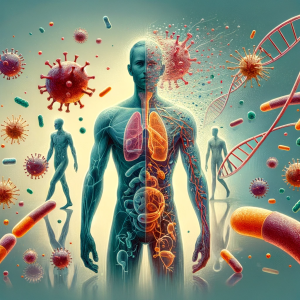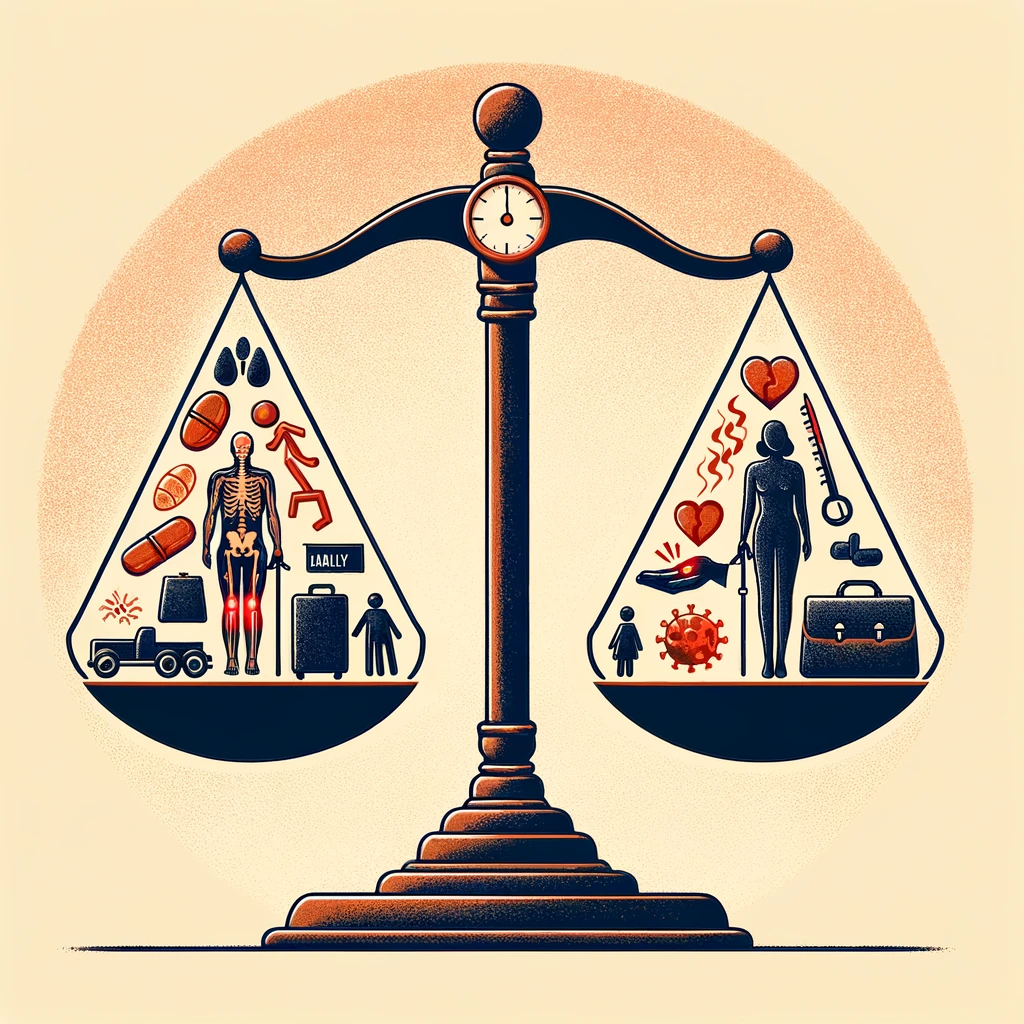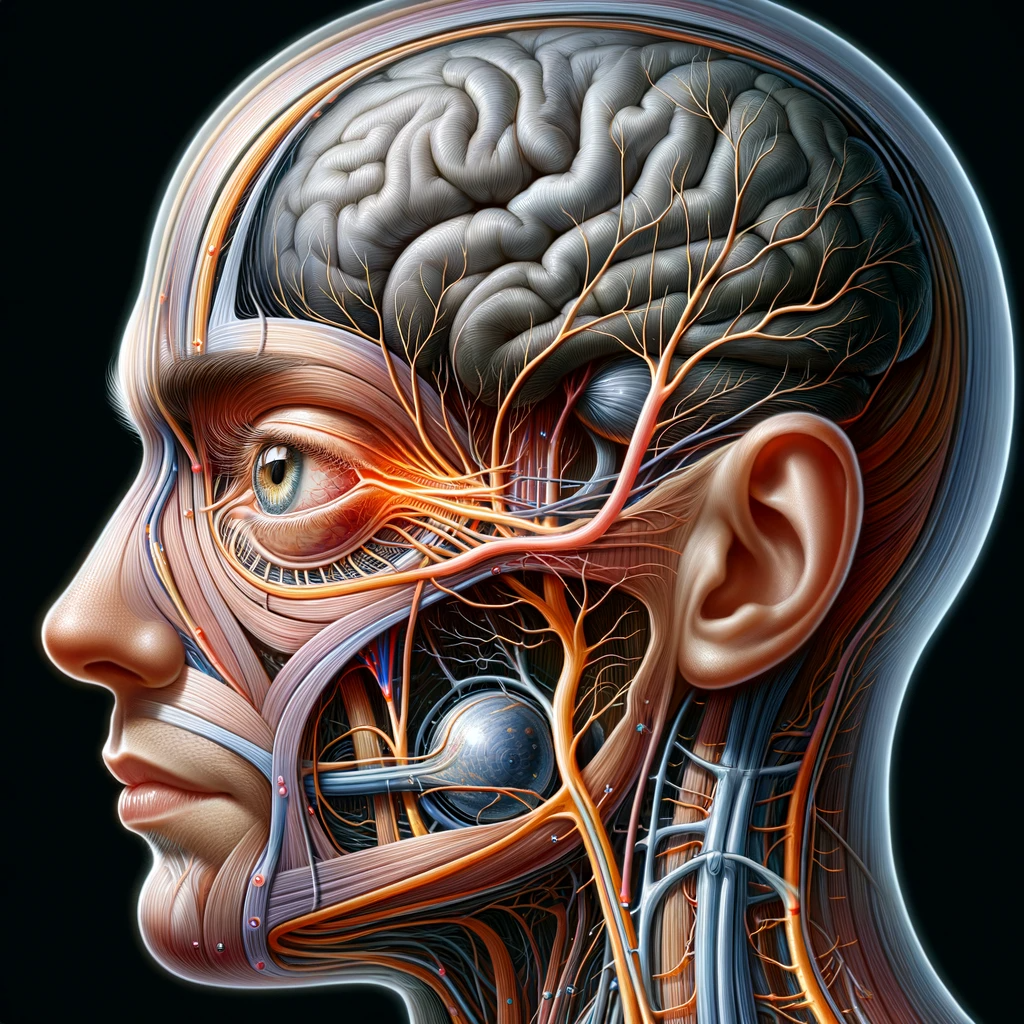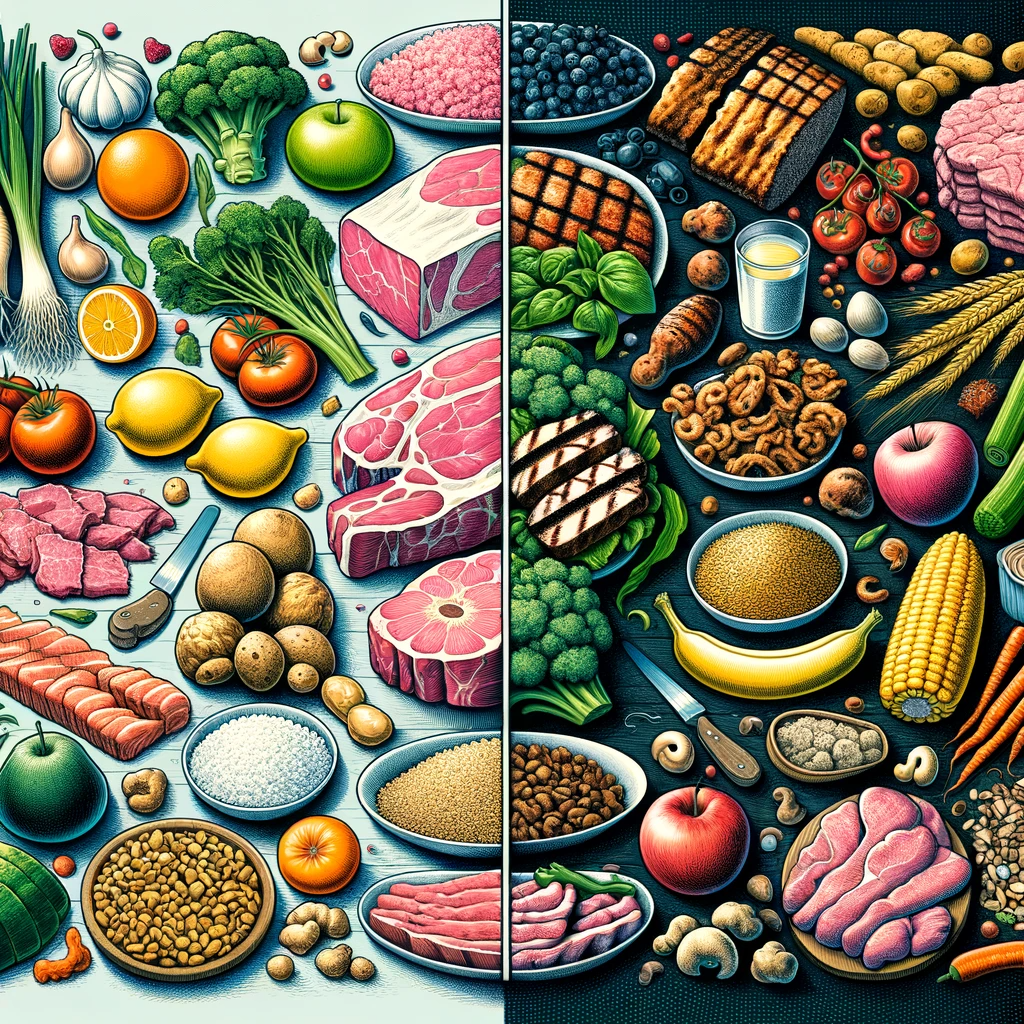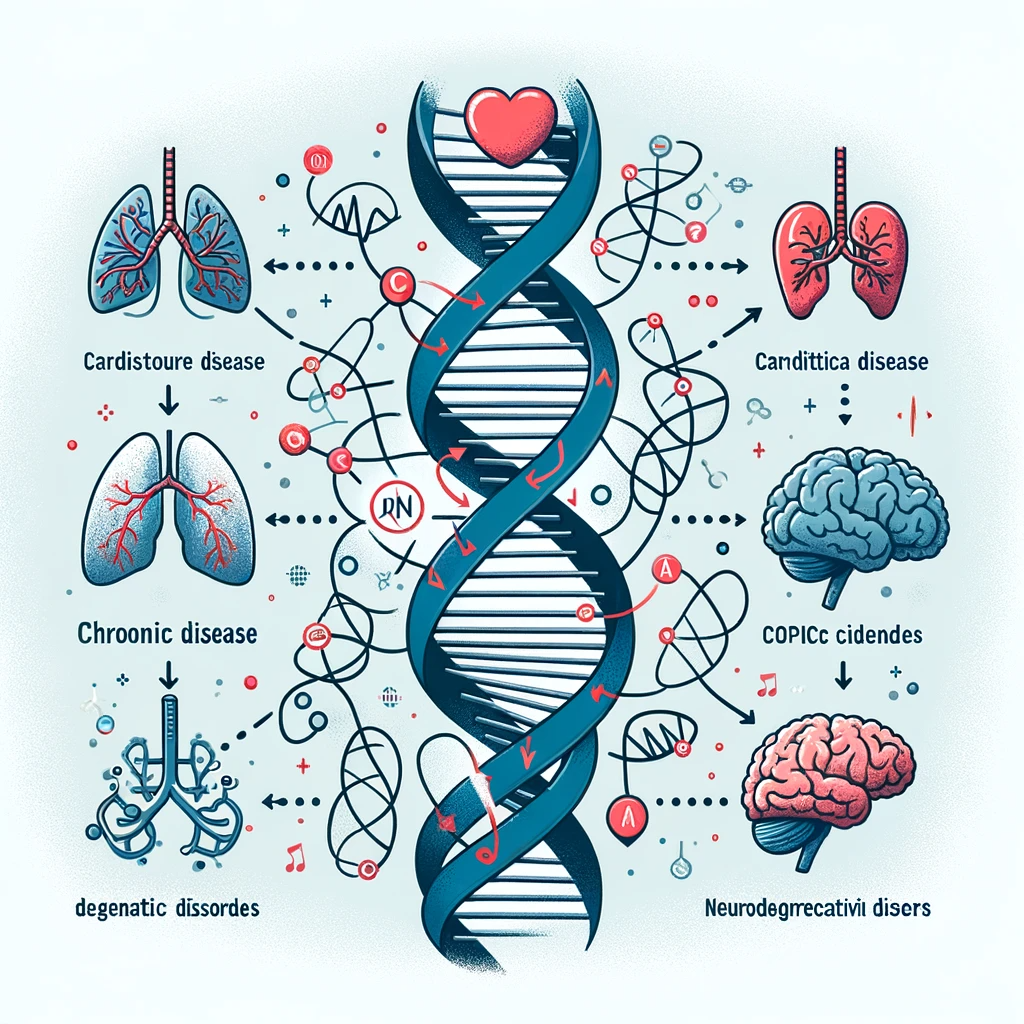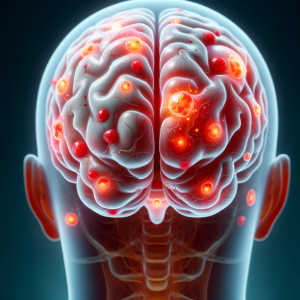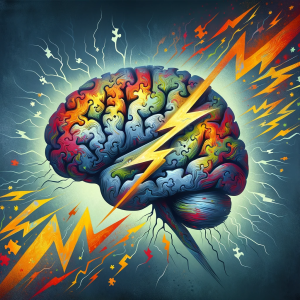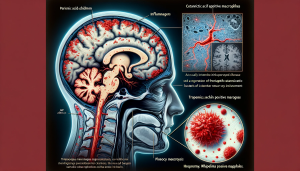Prologue: The Aftermath of Infection
Pathogen-Induced Autoimmunity: A Perilous Legacy The cessation of an infectious episode can herald the genesis of autoimmunity, where the immune system, once a protector, turns into an inadvertent aggressor against self-tissues.
The Immunological Misdirection: Infection and Immune Dysregulation
Molecular Mimicry: The Deceptive Resemblance Molecular mimicry occurs when microbial antigens share epitopic sequences with host antigens, leading to cross-reactivity and subsequent autoimmune responses post-infection.
Epitope Spreading: The Broadening of Immune Assault Initial immune responses to infectious agents can expand to self-antigens, a phenomenon known as epitope spreading, culminating in a sustained autoimmune attack.
Clinical Manifestations: The Spectrum of Post-Infectious Autoimmunity
Rheumatic Fever: The Cardiac Collateral Rheumatic fever, a classic example of post-streptococcal autoimmunity, incites inflammatory lesions in the heart, joints, and nervous system.
Guillain-Barré Syndrome: The Ascending Paralysis Following certain infections, such as Campylobacter jejuni, the immune system may attack peripheral nerves, leading to the rapid onset of muscle weakness and paralysis.
Diagnostic Delineation: Identifying the Invisible Foe
Serological Signatures: The Search for Biomarkers The detection of specific autoantibodies serves as a hallmark for post-infectious autoimmune diseases, guiding diagnosis and management.
Temporal Ties: The Chronological Connection A clear temporal association between an antecedent infection and the onset of autoimmune symptoms is pivotal for diagnosis.
Therapeutic Thresholds: Restoring Immunological Order
Immunomodulation: The Quest for Immune Equilibrium Immunosuppressive and immunomodulatory therapies, such as corticosteroids and biologics, aim to dampen the misguided immune response.
Plasma Exchange and Intravenous Immunoglobulins These therapeutic modalities provide immediate immunological intervention to remove pathogenic autoantibodies and modulate the immune system.
Prognostic Perspectives: Looking Beyond the Infection
Long-term Outcomes: The Balance of Recovery and Recurrence While many post-infectious autoimmune conditions are self-limiting, some may progress to chronic autoimmunity, necessitating long-term surveillance and treatment.
Preventive Public Health Measures: Vaccination and Vigilance Vaccination against infectious agents known to trigger autoimmunity exemplifies a preventive strategy to curtail the incidence of these conditions.

